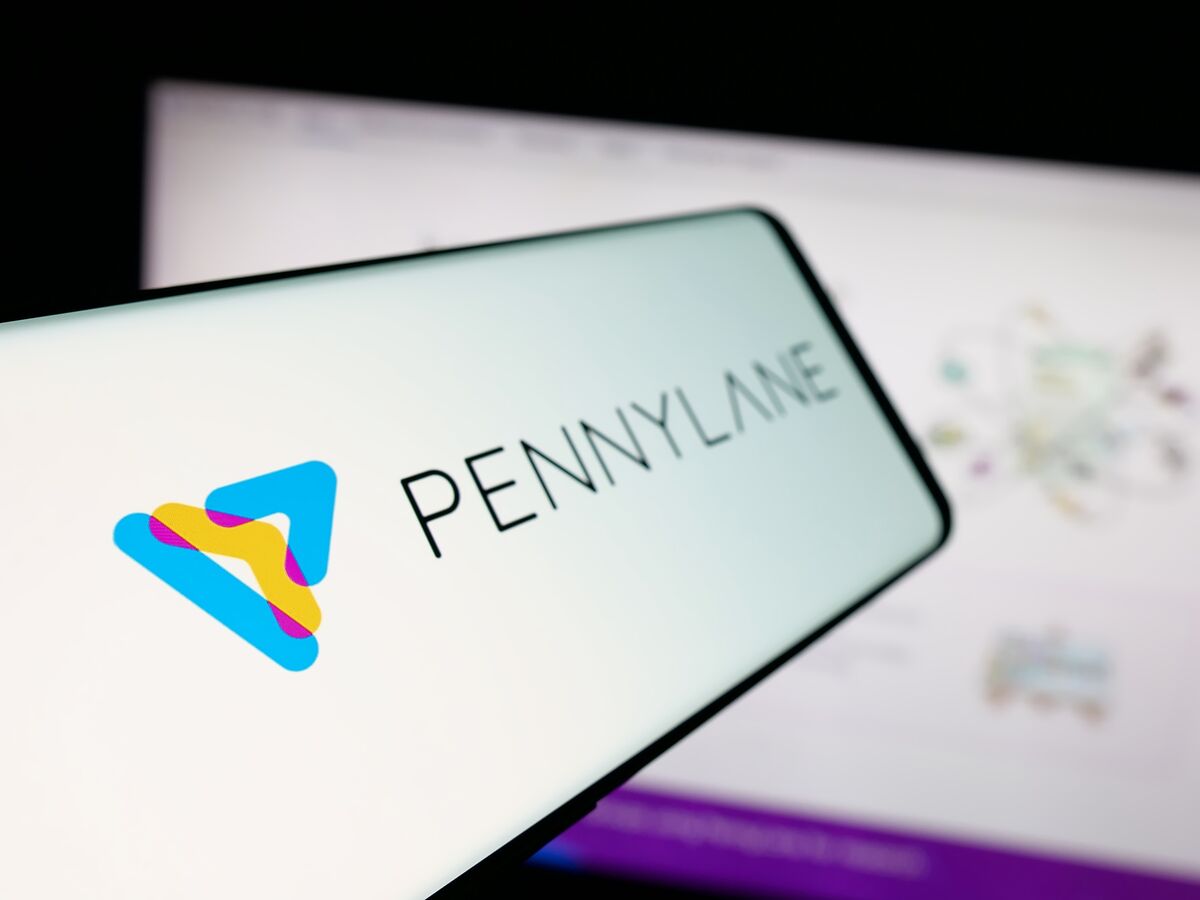Ground Truth Generation for Multilingual Historical NLP using LLMs
PositiveArtificial Intelligence
- The research focuses on employing large language models to create ground
- This development is crucial as it demonstrates that even small amounts of synthetic data can substantially enhance NLP tools, particularly for under
— via World Pulse Now AI Editorial System

